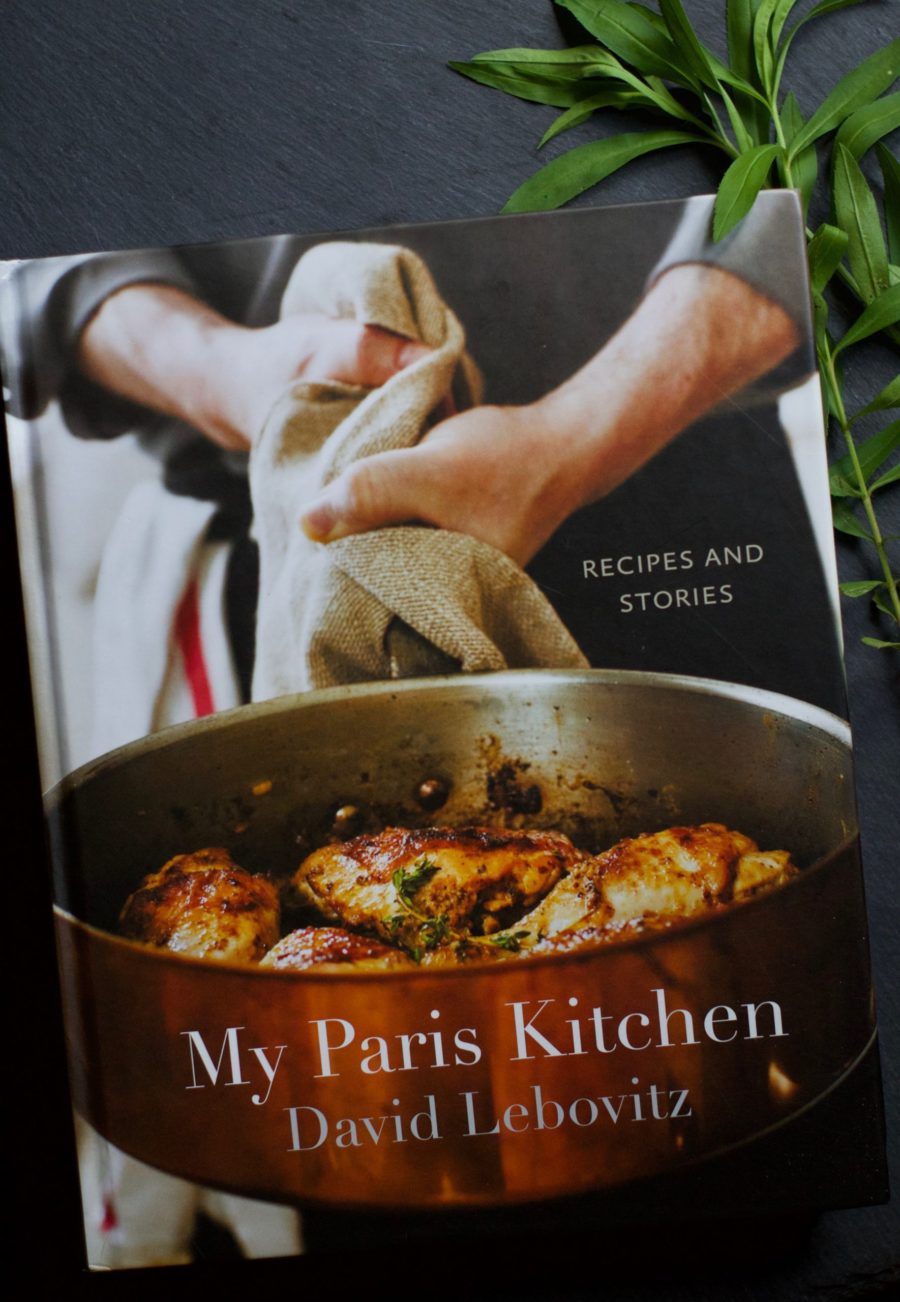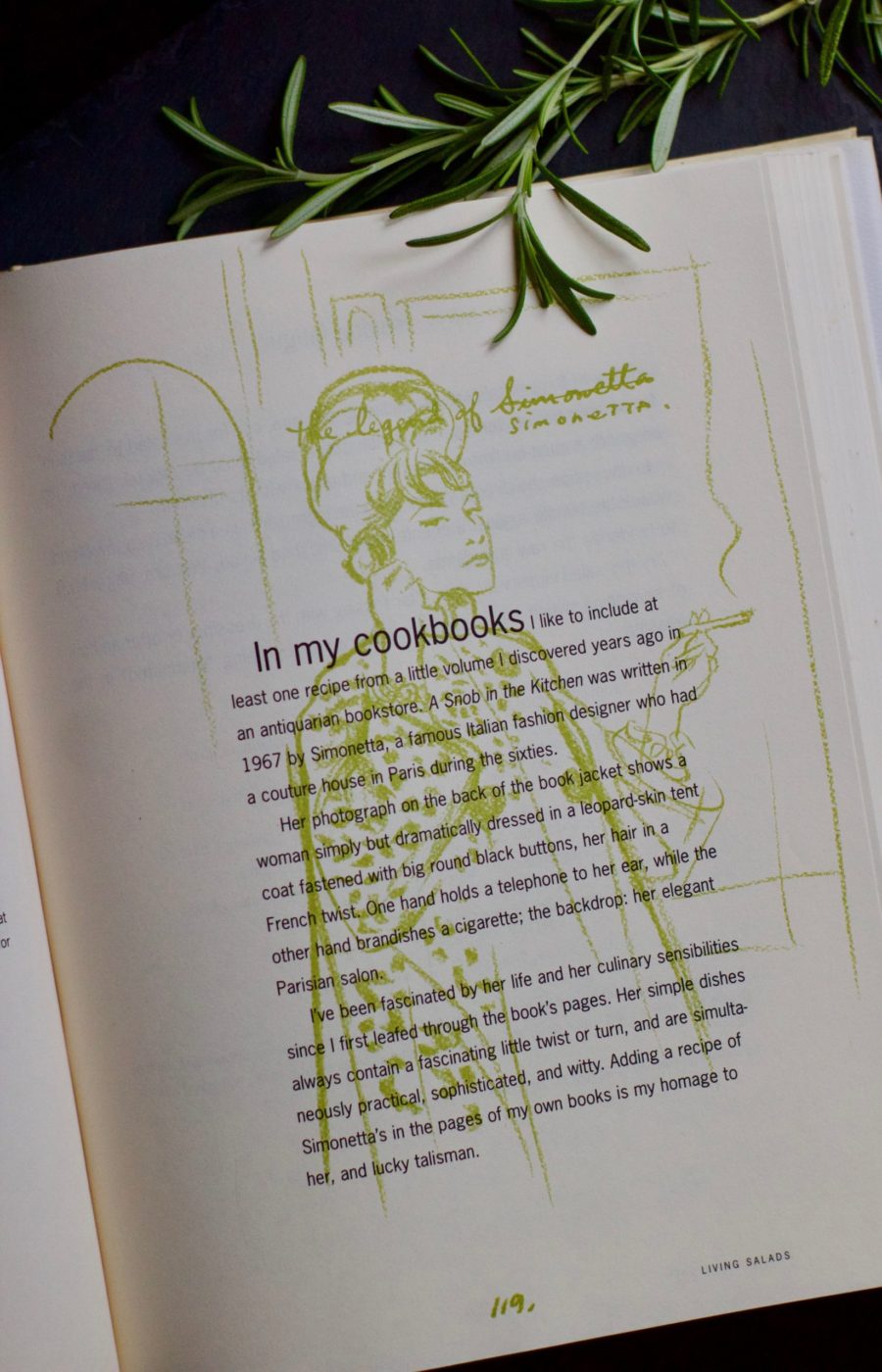For all those who love to cook, love to read and must surely then enjoy nothing more than curling up with a great cookbook that reads like a book, here are five of my favourites.

The Cook And The Gardner Amanda Hesser This is such a charming read. Hesser writes about her time in France, cooking for Anne Willan, herself a well-known cookbook author, at Anne’s seventeenth century chateau in Burgundy. The gardener at the chateau, Monsieur Milbert, is something of a crotchety old bugger, but Ms. Hesser is determined to win him over and learn all she can about this man and his French garden which dates back to the Middle Ages. Organized by month, the book’s chapters devote the first several pages to what is going on in the garden, what Monsieur Milbert is up to, be it watering the lettuce beds on a cool spring afternoon or pruning fruit trees in the fall, to what delights he brings Ms. Hesser to cook in the kitchen. There are lots of funny little anecdotes about the gardener, whom one day Ms. Hesser catches rather cheekily pocketing the best of the sweet radishes for his own lunches, and which are then, unsurprisingly, missing from the kitchen for another week, at which point they have lost their sweetness and turned spicy from the summer heat. It’s a lovely, meandering excursion through the seasons of a French year which should appeal to gardeners and cooks alike. There’s even the intrigue of if/when/how the author might win over Monsieur Gilbert. The book contains no photographs, just drawings, which lends it all the peace and tranquility needed to disconnect from a high tech world. Exactly what a book about gardening and cooking in rural France should feel like.

My Paris Kitchen David Lebovitz is an American cook and author who has spent many years living in Paris. He has a wonderful blog, which is well worth a read. If you’re into French cooking then My Paris Kitchen is for you. It’s full of classic recipes — some more complicated than others. There’s a ham, blue cheese and pear quiche which sounds heavenly and intriguing because it contains cream cheese: not your standard quiche ingredient. There’s a classic onion soup and croque-monsieur and scalloped potatoes with blue cheese and roasted garlic. Interspersed throughout he writes about different ingredients, French life in relation to food as well as culinary trends and French chefs. Sometimes he dedicates two or three full pages to the ins and outs of making such things as madeleines or cassoulet. But the most entertaining bits are those that highlight the differences between American and French culture — and there are lots of them. Those French, so quirky and endearing! Should you be in need of an armchair jaunt to the food obsessed streets of Paris, this book is a pleasure to read.

The Kitchen Diaries Nigel Slater I always think of Nigel Slater as the culinary opposite of Jamie Oliver. Where Oliver is all frenetic energy, Slater is quiet and contemplative – cooking balm for the tired soul. This book is written journal style, starting in January, its opening words “Right food, right place, right time.” This is cooking with the ebb and flow of the seasons, connecting it to the weather, to friends, to what feels right in the moment. Most of the recipes are unfussy, some are merely the result of bringing a few ingredients together; food without pretension. Slater is a big fan of this. Indeed, he has another book, Appetite, that revolves around cooking without slavishly following a recipe and someone else’s rules. In that book he mostly lists ingredients and suggests a glug of this and a handful of that. He wants people to revel in the delights and simplicity of food in any given moment. The Kitchen Diaries certainly inspires you to do just this.

How To Eat Nigella Lawson No photographs again, not even drawings, this is all writing. And I bring this up only because it seems a lot of people don’t like to cook from books when they can’t see a photograph of the finished product. This cookbook has an interesting variety of sections: cooking in advance, cooking for one or two people, low fat and one on feeding babies and small children. There’s also a fast food section – as in quick to cook and not a quick trip to McDonald’s. A couple of other large chapters are entitled Weekend Lunch and Dinner, respectively. Here the recipes are organized into menus some of which highlight her love of kitsch. White Trash Lunch for 6, anyone? Or how about, Camp, but only Slightly, Dinner for 6. There’s also a Midsummer Dinner, School-Dinner Lunch, (intended only for the brave who have long since blocked out the memory of their own school dinners!), an Elegantly Substantial Traditional English Lunch and a Mildly Winter Dinner. All sorts of fun and games with plenty of classic English recipes. I do love the way Nigella writes. She is sensuous and passionate with such a wry and self-deprecating humour. And she can be hilariously snobby about some things and utterly lazy about others. This book covers everything she wants to share about food —techniques, ingredient substitution, what works what doesn’t, but none of it is technical and it’s written in a very friendly and entertaining way. It’s kind of like hanging out in the kitchen with your best friend who just happens to be a fabulous cook.

Unplugged Kitchen Viana La Place Like The Cook and the Gardner, Unplugged has no photographs, just whimsical line drawings in chartreuse-y green of various things — food, scenes, people. And most of its recipes can’t be called recipes at all. Like Slater, the author loves to just bring ingredients together. In fact, I realize now that all of these books are written in a similar vein: quiet, relaxing, understated. They are the books to pick up in an attempt to shut out the world and restore equanimity.Because La Place is of Italian heritage, there is a heavy Mediterranean influence on her recipes and reflections. The introduction to her “tender egg island style” recipe reads as such.
“Imagine you are on a small rocky island in the Mediterranean. The sea is aquamarine, translucent. You are sitting alone on the terrace of a small rustic house, shaded from the sun by a bamboo awning. It is morning but already fiercely hot. What to make for breakfast? A cooling little “salad” of tomato, egg, mint, and crostini.”
Close your eyes for the briefest of moments and you might open them to find yourself on the Amalfi Coast, the scent of orange blossoms mingling with the salty air.

